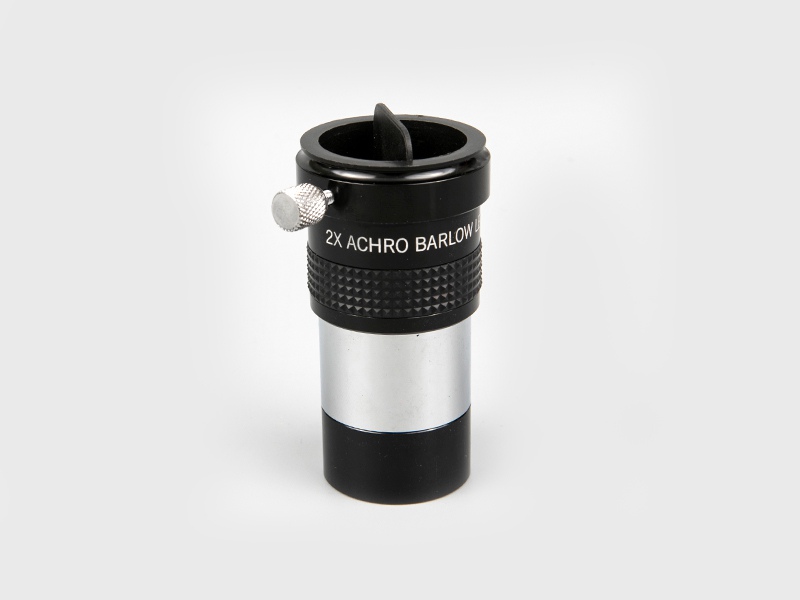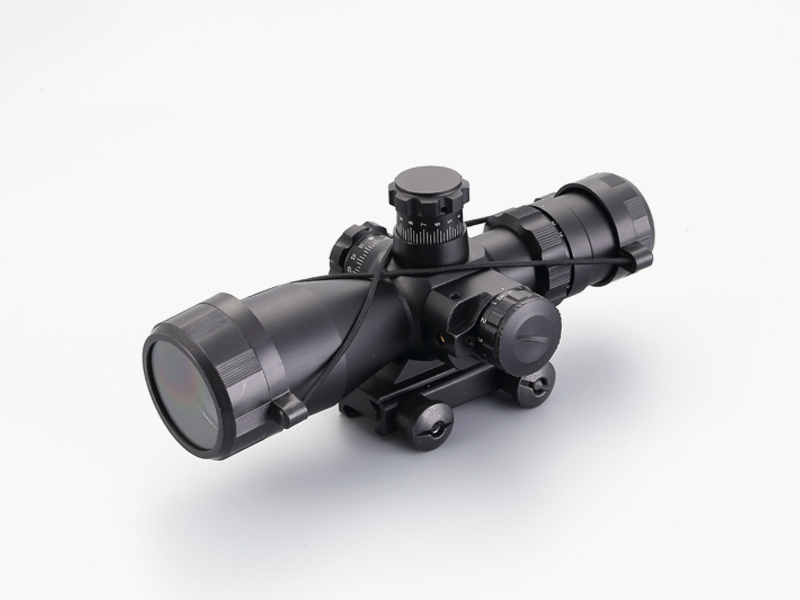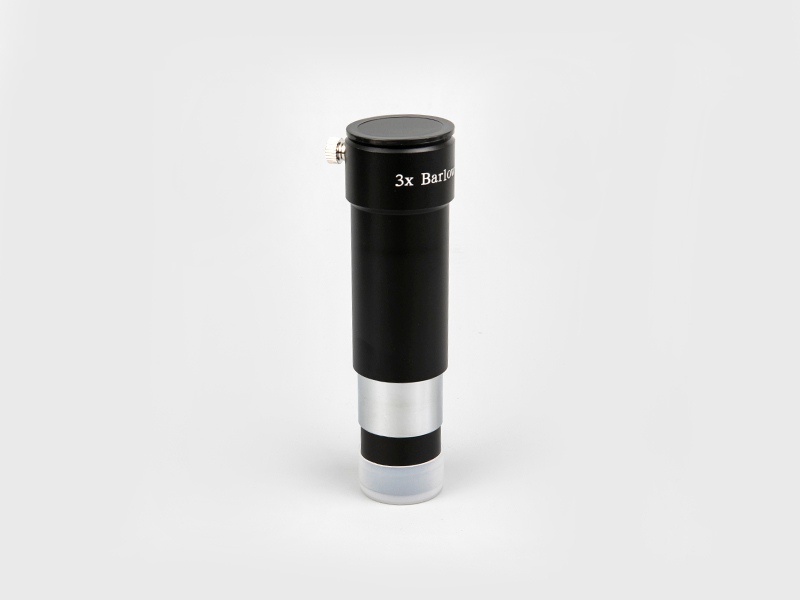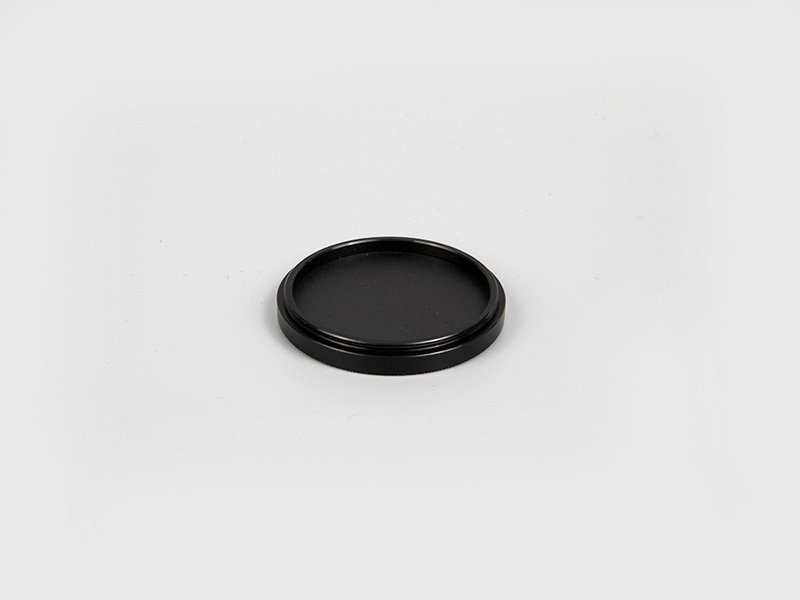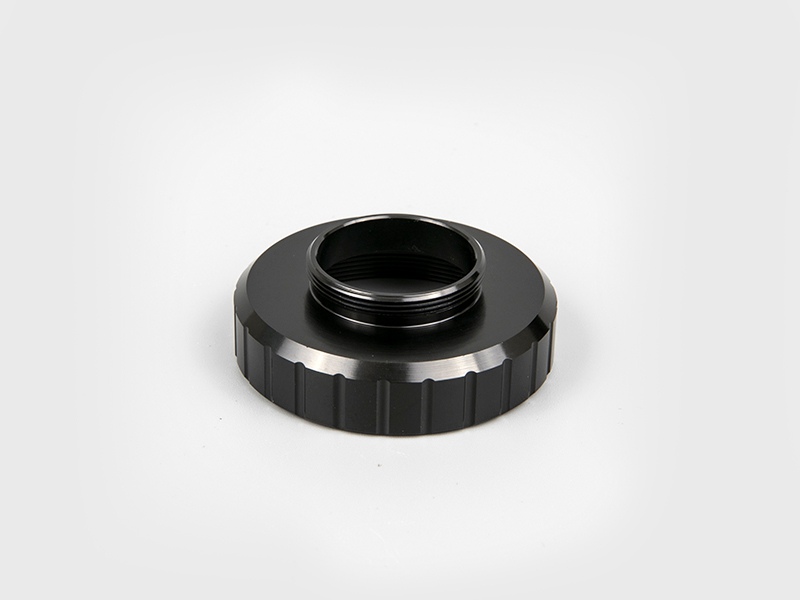As a product that allows us to see farther, people think that we should see it when we use it, but do you know the difference between a civilian telescope and an astronomical telescope? The basic principle of a military telescope is the same as that of an ordinary civilian telescope. However, due to the different observation environment and observation objects, there are many differences between the two.
First, their optical systems are different. Most military binoculars are fitted with splints, and binoculars used at night have lights. Military binoculars have a wide exit pupil distance, allowing observers to wear gas masks. In order to prevent hitting the head when shooting, some sights have interpupillary distances of up to 70 or 80 mm, and are equipped with soft and hard eyecups and forehead protection.
In terms of optical performance and structural performance, military telescopes can achieve a high level of performance due to their more careful design, superior material quality, superb craftsmanship, such as good imaging quality, less stray light, and a magnification that matches the size of the entrance pupil. Better resolution, so military telescopes are better and more reliable in terms of optical performance and structural performance. Military binoculars are made of metal rather than plastic to ensure they don't crack or deform over long periods of use. In contrast, ordinary civilian telescopes are less sealed and made of materials. Some lenses are not only made of plastic shells, but even the inner lenses are also made of plastic.
Due to the high quality requirements of military telescopes, environmental tests must be carried out before leaving the factory, generally including vibration test, high temperature (10.5℃) test, low temperature (45℃) test, rain or water immersion test, and air tightness test. After these tests, the performance of the product can still be guaranteed to be within the specified range of the ability to leave the factory. Some products are also equipped with a dryer inside the mirror. Before leaving the factory, pump the air into dry air or nitrogen to prevent future mold and fogging inside the lens. Ordinary civilian telescopes are usually not tested in the environment, or only partially. This is difficult to understand from the market, or even from the appearance of the product.

 English
English 日本語
日本語 Deutsche
Deutsche España
España
